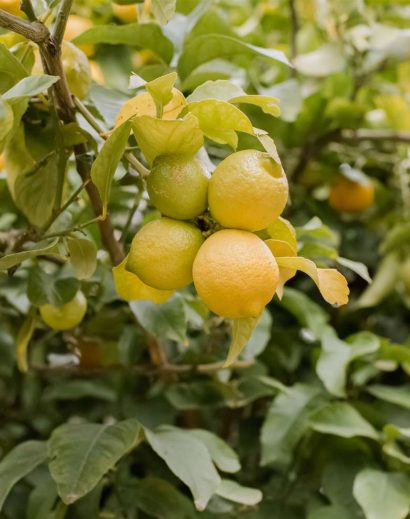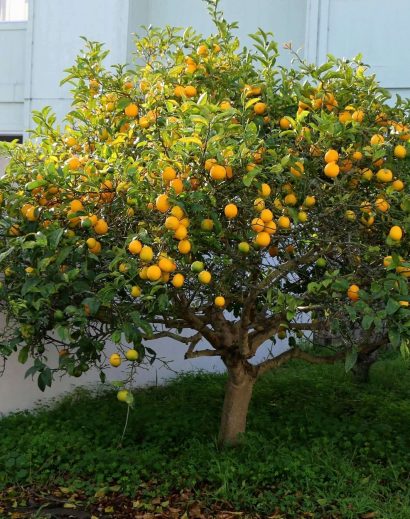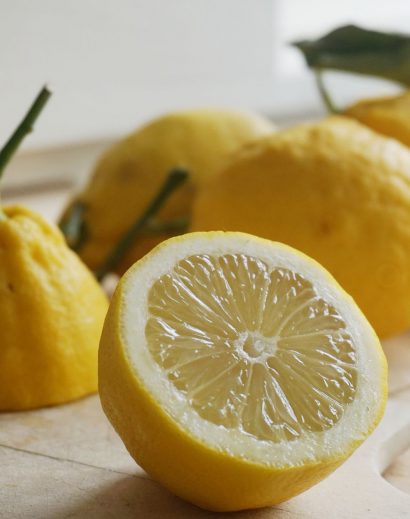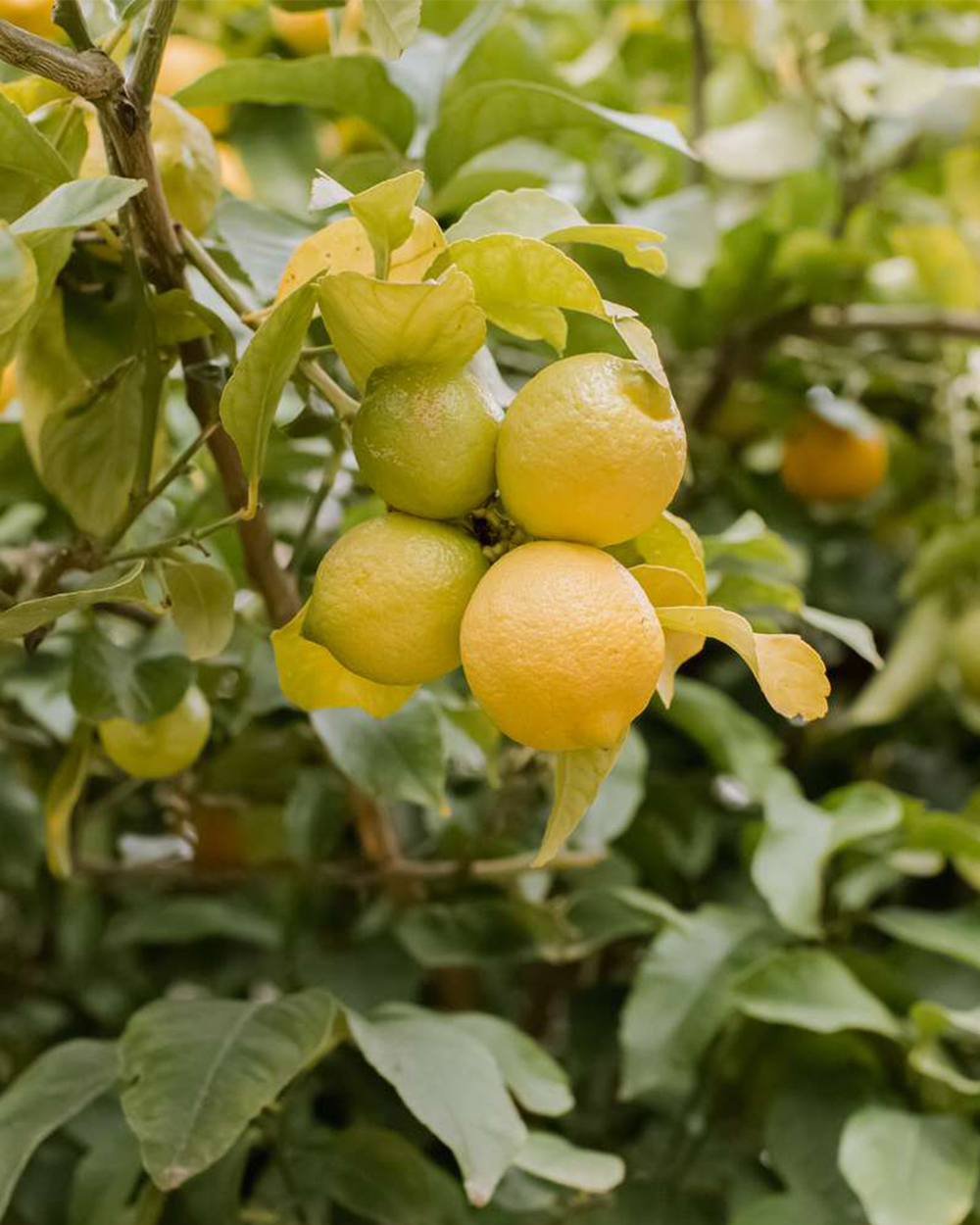Lemon trees, like all plants, can be susceptible to various diseases. Here are some of the common diseases that can affect lemon trees:
Citrus Canker (Xanthomonas axonopodis): Citrus canker is a bacterial disease that causes raised, corky lesions on leaves, fruit, and stems. These lesions can be surrounded by a water-soaked halo. Citrus canker can lead to defoliation and reduced fruit quality.
Citrus Black Spot (Guignardia citricarpa): Citrus black spot is a fungal disease that affects the fruit's skin. It causes raised, black, and often sunken lesions on the fruit. Severe infections can result in fruit drop and reduced marketability.
Citrus Greening Disease (Huanglongbing or HLB): Citrus greening is a devastating bacterial disease that affects the entire citrus plant. It is spread by the Asian citrus psyllid insect and can result in misshapen, bitter-tasting fruit, leaf yellowing, and eventual tree decline. There is no known cure for citrus greening, making prevention and insect control crucial.
Anthracnose (Colletotrichum gloeosporioides): Anthracnose is a fungal disease that can affect citrus fruit, causing dark, sunken lesions with pink or orange spore masses. It can also impact leaves and stems. Proper pruning and air circulation can help prevent this disease.
Botrytis Rot (Botrytis cinerea): Botrytis rot is a fungal disease that affects fruit, causing brown, rotting spots. It thrives in damp and humid conditions, so maintaining good air circulation and avoiding overwatering can help prevent it.
Melanose (Diaporthe citri): Melanose is a fungal disease that affects citrus fruit, leaves, and stems. It causes raised, dark brown to black lesions on the fruit's surface. Pruning infected branches and practicing good sanitation can help control melanose.
Root Rot (Phytophthora spp.): Root rot is a soil-borne disease caused by various Phytophthora species. It affects the roots, leading to root decay and reduced nutrient uptake. Proper drainage and avoiding overwatering can help prevent root rot.
Powdery Mildew (Oidium spp.): Powdery mildew is a fungal disease that appears as white, powdery spots on leaves, stems, and fruit. It can affect photosynthesis and fruit quality. Pruning for better air circulation and using fungicides as needed can help control powdery mildew.
Prevention and early detection are essential for managing these diseases in lemon trees. Practices such as proper watering, regular pruning, and the removal of infected plant material can help reduce the risk of disease.
|






Reviews
There are no reviews yet.